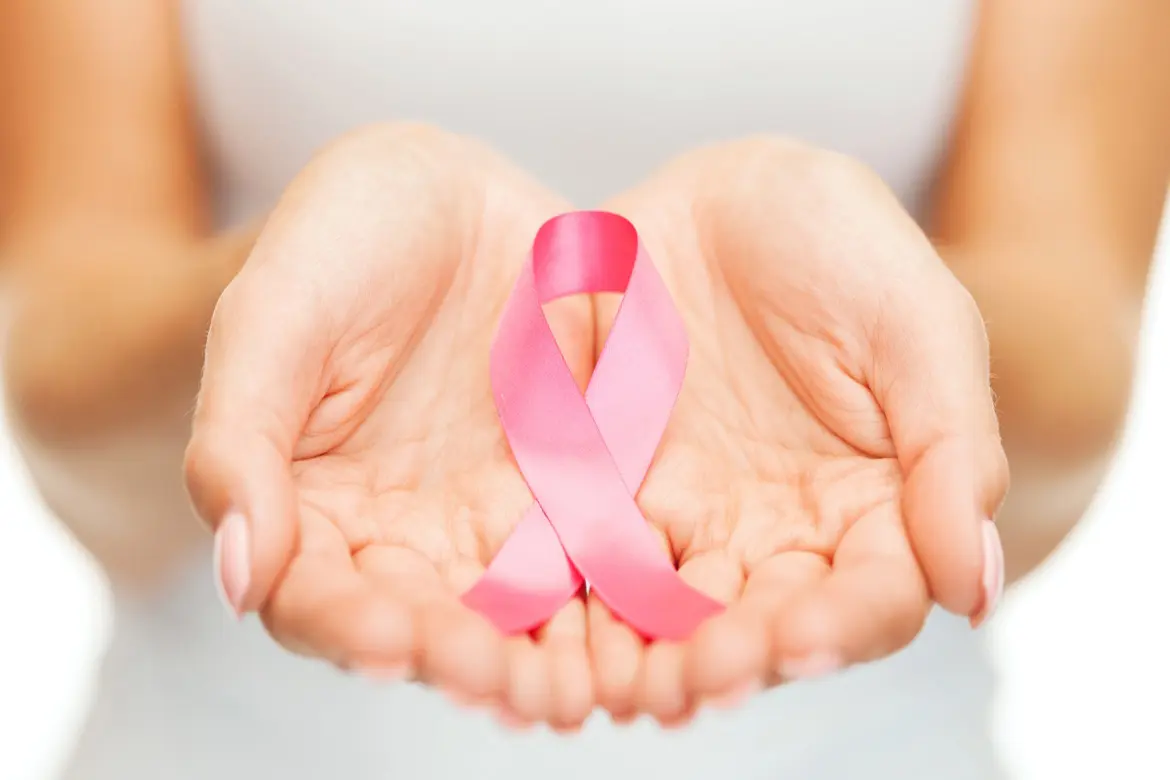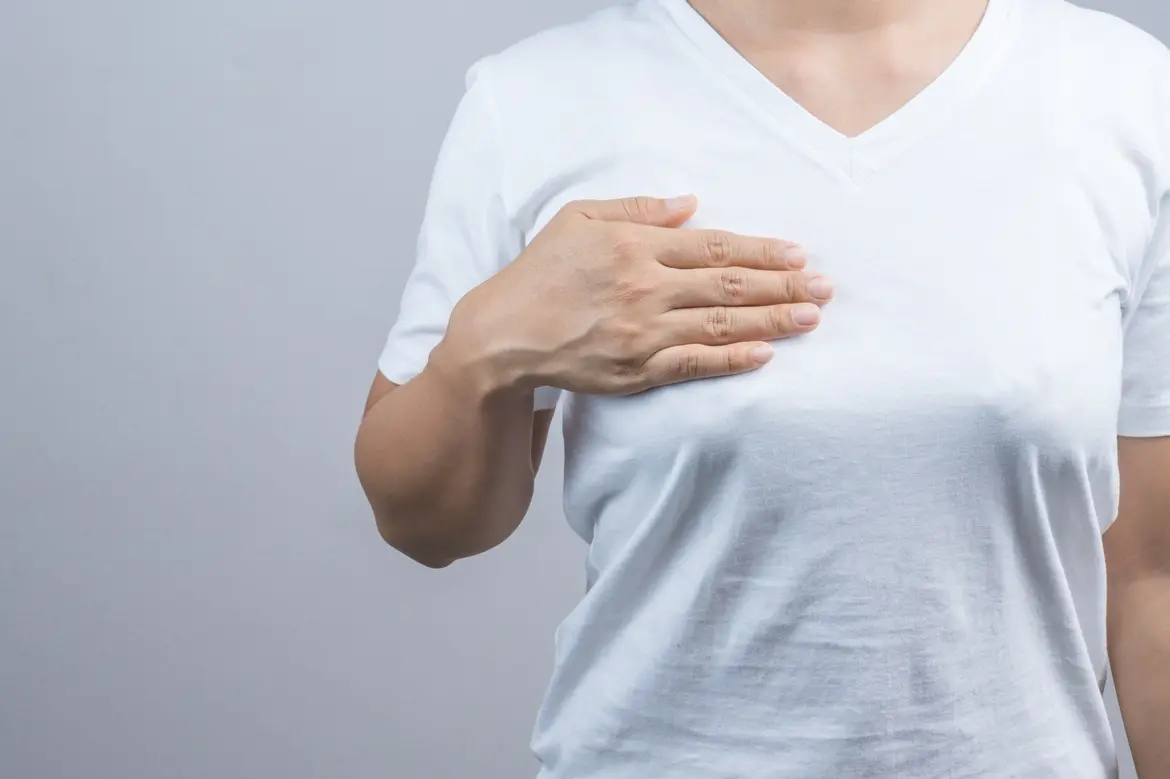Dr Wee Siew Bock, breast surgeon at Mount Elizabeth Hospital, addresses your questions and concerns about breast conserving surgery.
What is a lumpectomy?
Breast conserving surgery, or lumpectomy, refers to the surgical treatment of breast cancer during which removal of only the portion of the breast containing the cancerous growth is carried out, thereby preserving the rest of the healthy breast.
Preservation of the breast in breast conserving surgery sets it apart from a mastectomy, which involves removal of the breast. At present, lumpectomy is always followed by radiation treatment to the remaining breast, and this combined treatment of surgery and radiotherapy makes up breast conserving surgery.
Who is it for?
Breast conserving surgery should be considered whenever it is possible to render the breast cancer-free while preserving the cosmetic appearance of the breast. The size of the cancer relative to the overall breast size, and its location and spread within the breast, are important factors to be considered. The fear and anxiety of the patient about having a preserved breast after cancer treatment is also another factor that determines if it should be offered.
What are the benefits & risks?
The greatest benefit arising from breast conservation surgery is that it removes the fear of deformity and loss of the breast as part of the cancer treatment. This allows for a more appropriate response and acceptance to any further treatment needed for the cancer, and has a positive impact on the emotional recovery for the patient.
An often-overlooked benefit of breast conservation surgery is the benefit of preserving the sensation of a normal breast, which goes a long way in restoring a patient's confidence and emotional well-being after treatment.
Surgery-related risks are low as this procedure is usually a short procedure under general anaesthesia, performed as a day surgery or a surgery with a short hospital stay. Surgical infections and poor wound healing are generally uncommon. Radiotherapy-related side effects like residual breast pain and swelling are seldom encountered, and are relatively minor.
How long will I take to recover?
The recovery from surgery depends on the amount of breast removed (directly related to the size of the cancer), and the extent of surgery required to fill the defect and shape the remaining breast to match the other healthy breast. In general, recovery is fairly quick, and takes about 2 – 3 weeks.
That said, the patient is usually up on her feet on the day after surgery, and experiences low-grade pain that easily manageable with oral analgesia. Often, with waterproof dressing, showering is also possible the day after surgery. The skin scars usually heal in about ten days.
Will I need treatment after a lumpectomy?
Radiation treatment using radiotherapy is needed in order to reduce the chance of cancer recurrence. This treatment usually takes between 3 to 6 weeks, and is an outpatient treatment with few and easily manageable side effects.
Further cancer treatment like chemotherapy or/and anti-hormone medication will be offered depending on the features of the cancer and/or any lymph node spread. Such information obtained after lumpectomy is unlikely to alter the safety of this form of surgery.
How can the doctors be sure all of the cancer was removed?
Careful evaluation of the extent of cancer within the breast is of utmost importance in breast conserving surgery. Before surgery, this is assessed with clinical examination and appropriate breast imaging studies such as mammography and sonography. Planning for breast conserving surgery can only be carried out after such a thorough evaluation.
For women who have been deemed suitable for breast conserving surgery, it is important to confirm with a pathological analysis that the margin of healthy tissues around the cancer are free of cancer.
A buffer of cancer-free breast tissue is the best assurance that no cancer is left in the preserved breast.
How will the breast look after a lumpectomy?
After the cancer is cleared, the biggest challenge in breast conserving surgery is matching the appearance of the post-surgery breast with the other healthy breast.
The ideal look of a breast after a lumpectomy is one that is natural and matches the other breast. In general, a volume difference of 10 – 15% between the two sides is acceptable as a pair of equally-sized breasts is uncommon in nature.
Thus, breast conserving surgery involves careful planning by hiding scars in inconspicuous areas or natural folds. The final projection of the breast is also taken into consideration during the planning phase of the procedure to achieve the same objective.
Will I need breast reconstruction?
It is uncommon for a woman to undergo further reconstructive surgery after breast conserving surgery. In some instances of breast conserving surgery where the nipple has to be removed for centrally-placed cancers, nipple reconstruction with tattooing can be offered after radiotherapy to 'complete' the look. Occasionally, when scar defects (dimpling) appear after healing, radiotherapy, or with age, filling of such defects can be performed with fat transplant.
What precautions should I take after a lumpectomy?
After recovery from the immediate effects of radiation treatment, the post-lumpectomy breast does not require any special care. The best advice that can be given is for the woman to resume her normal lifestyle with regular exercise.
Although the likelihood is low, many women will be concerned about cancer recurrence in the treated breast. It is important to realise that the risk and features of such a breast cancer recurrence is not different from any new cancer in the breast.
Regular cancer surveillance with clinical breast review and imaging studies is important. This will be advised and scheduled by the surgeon.












